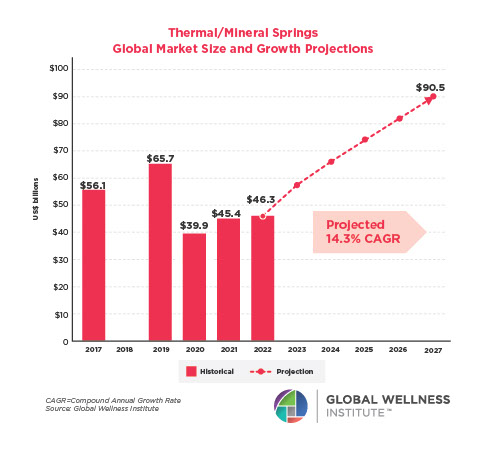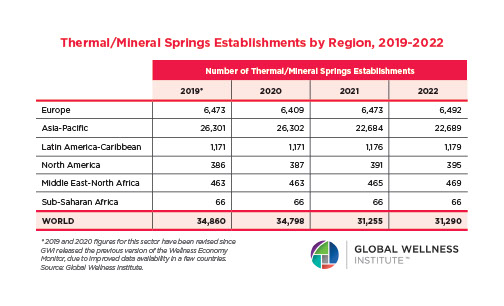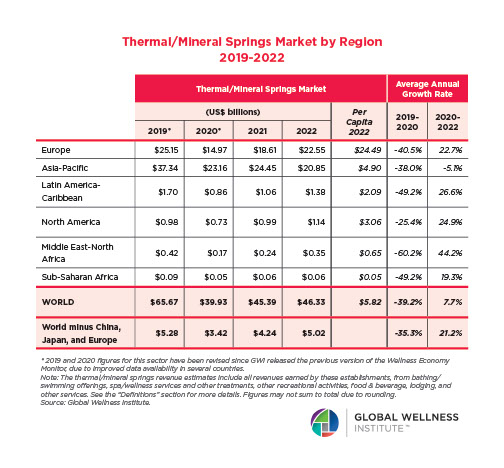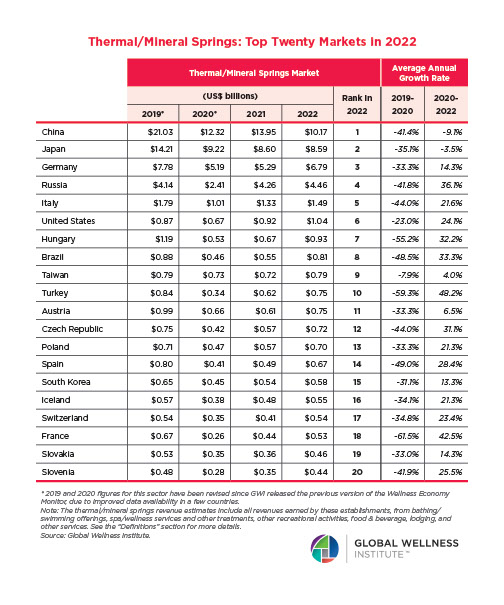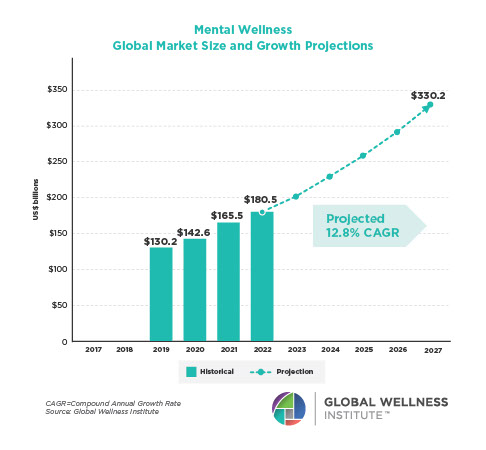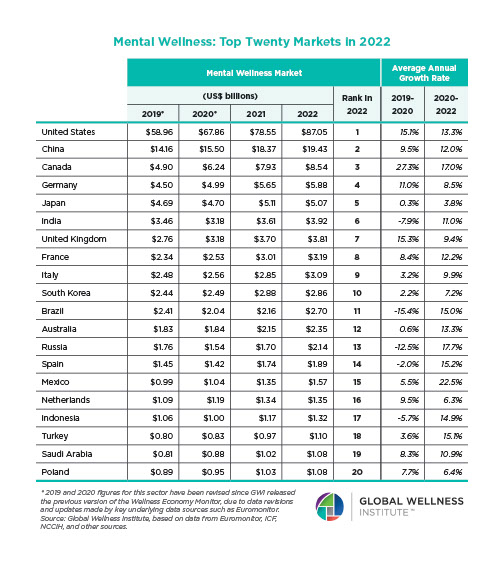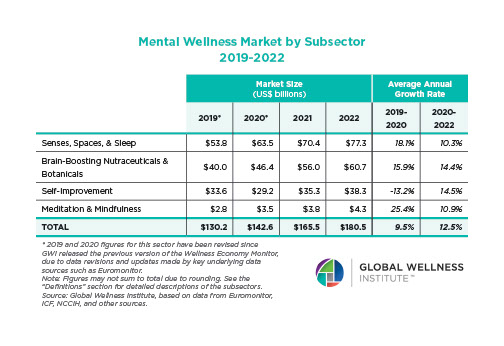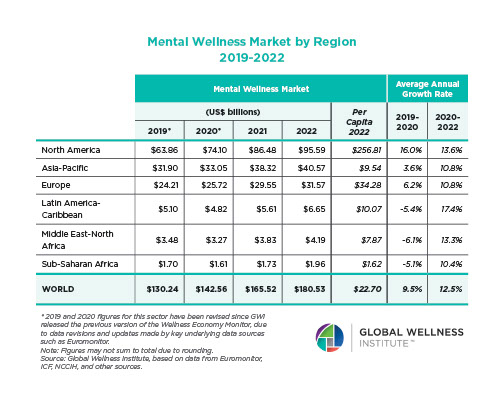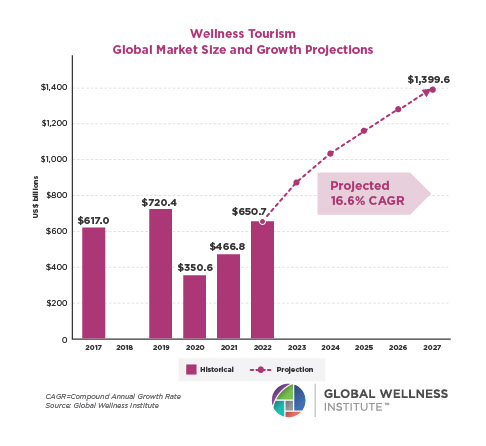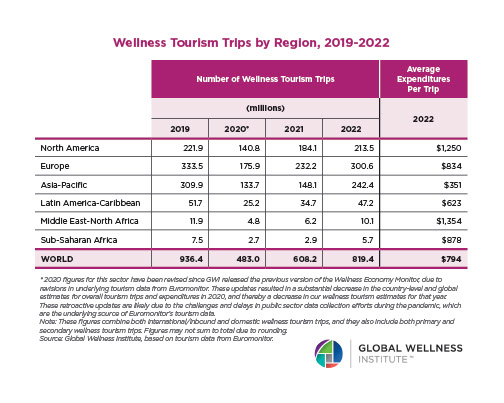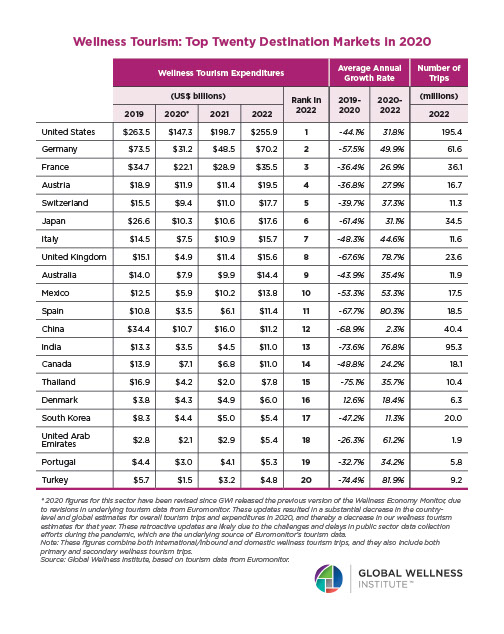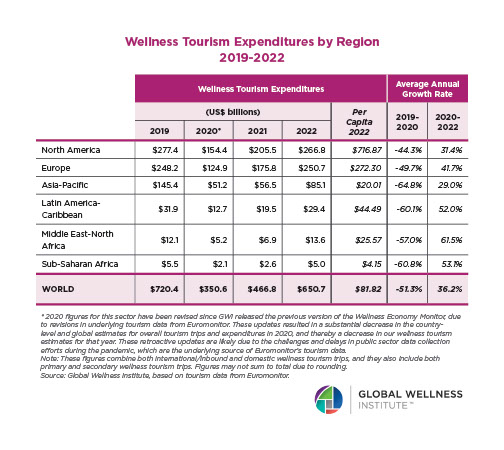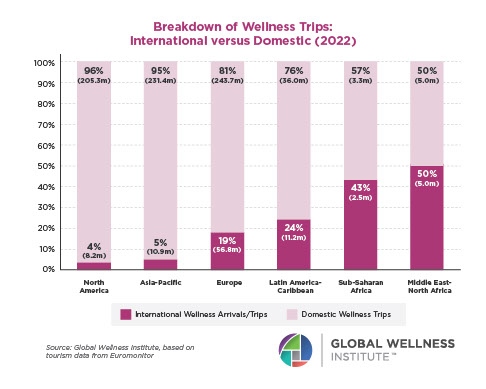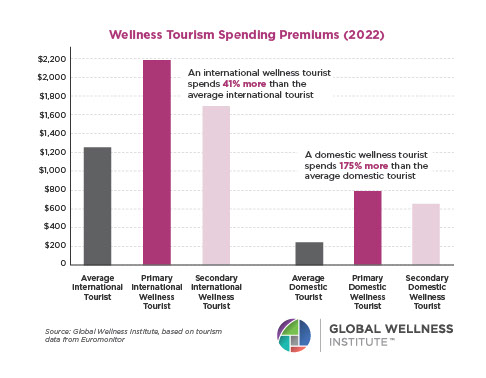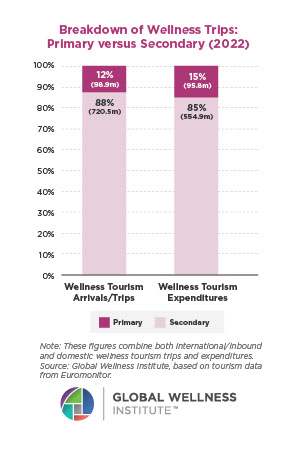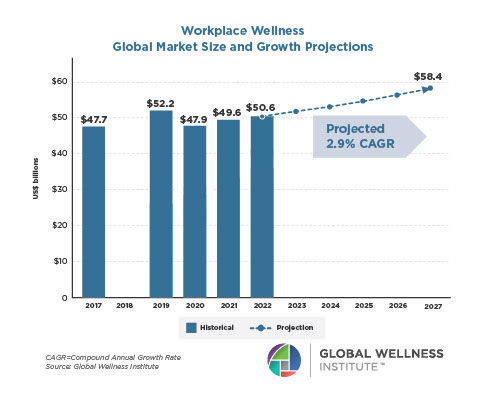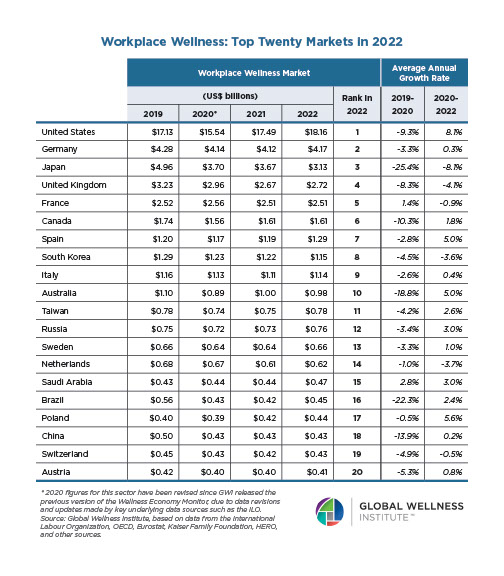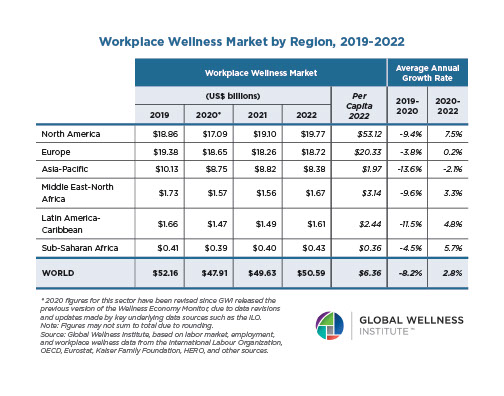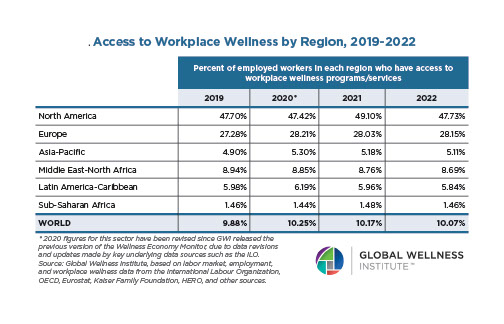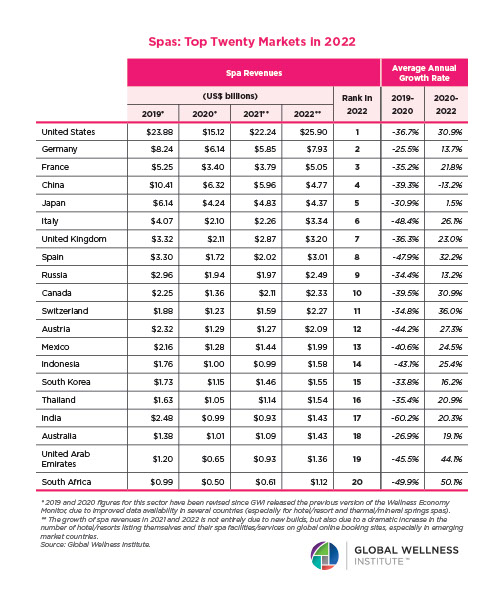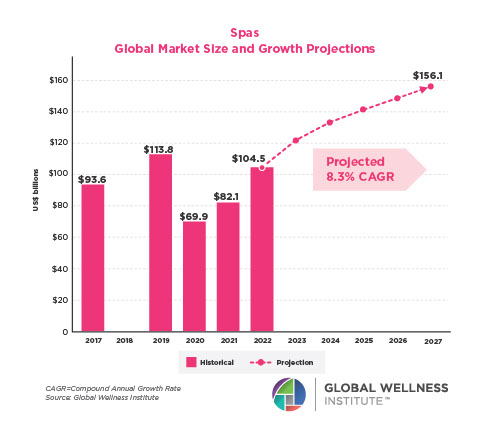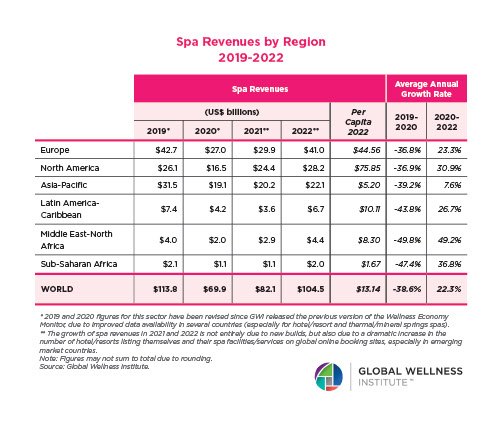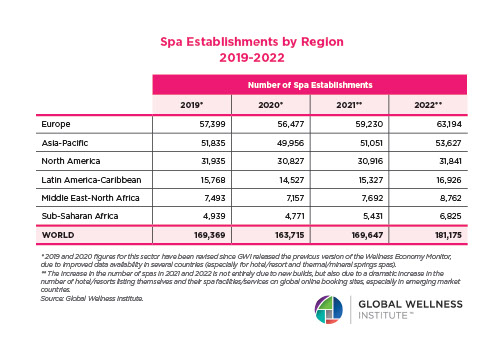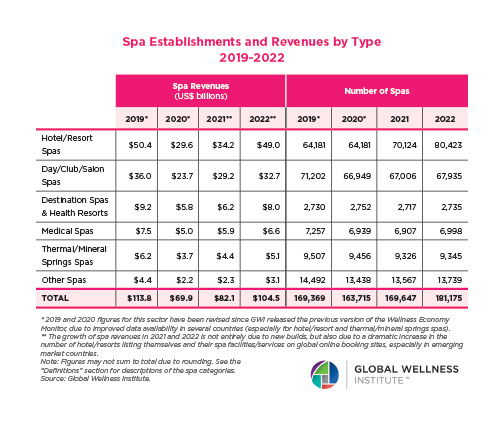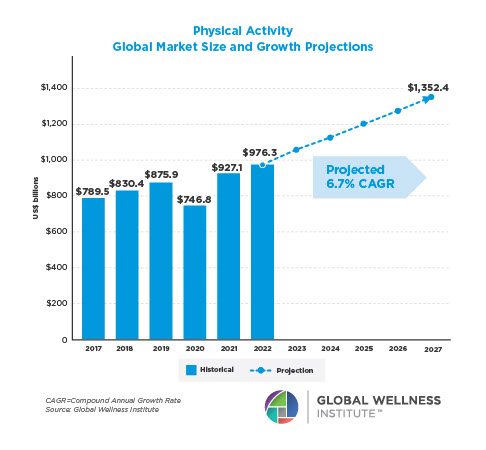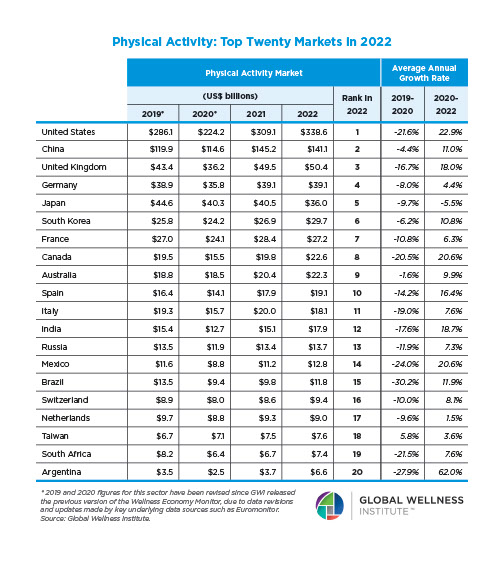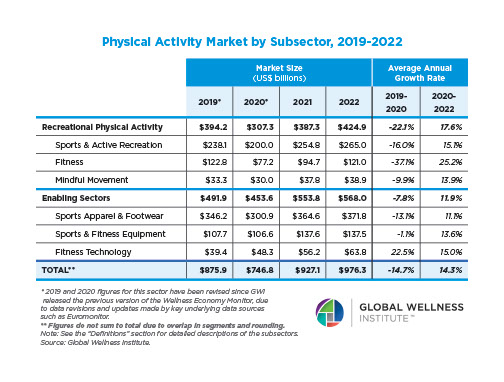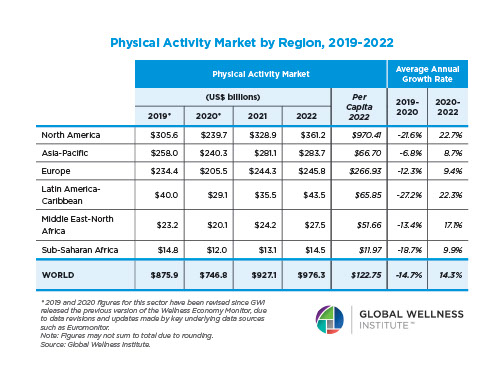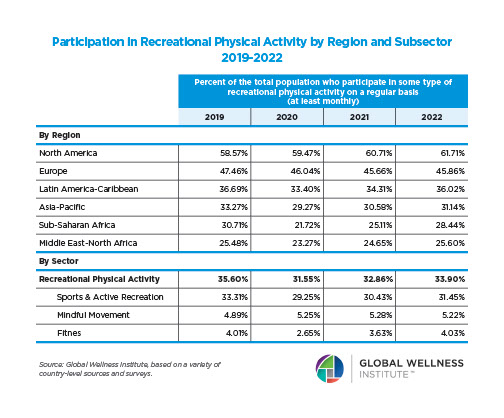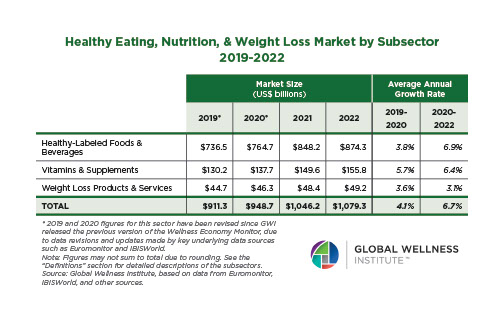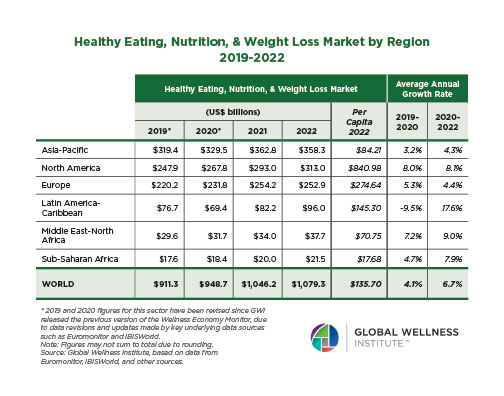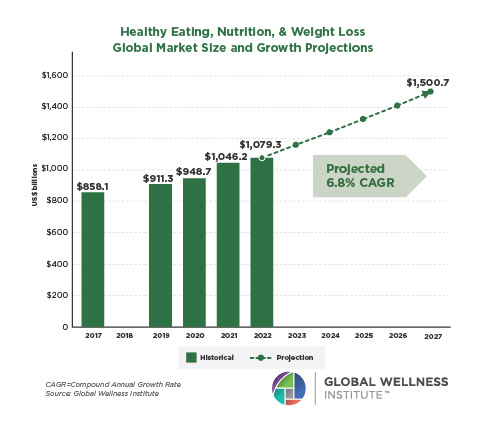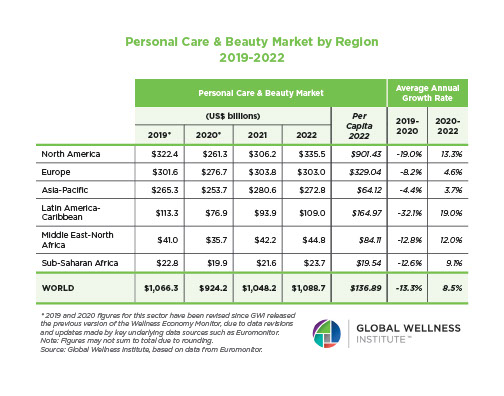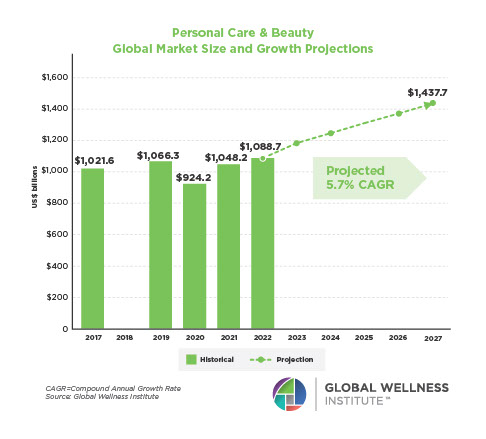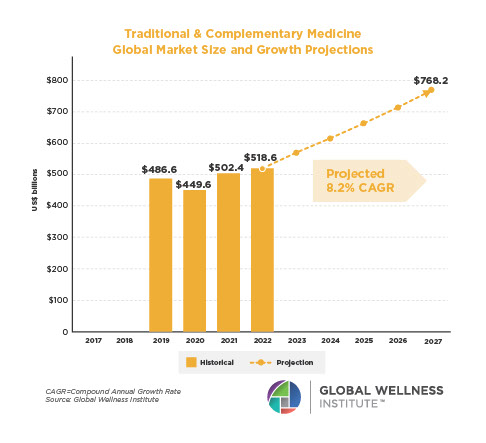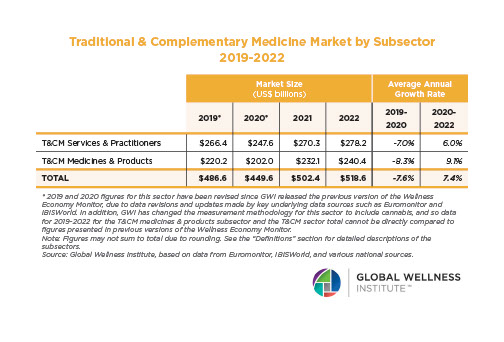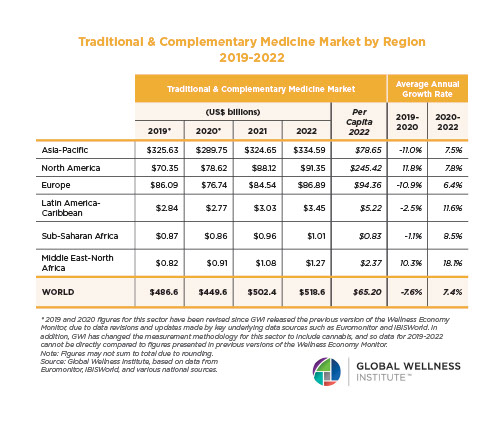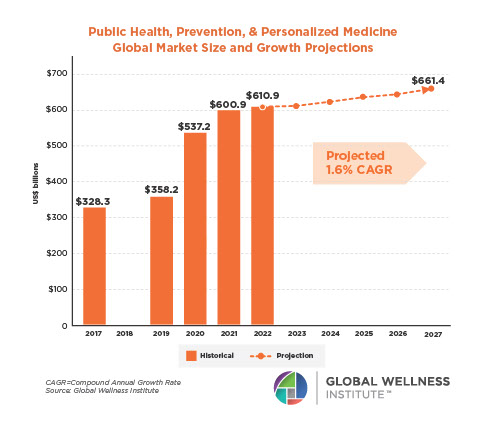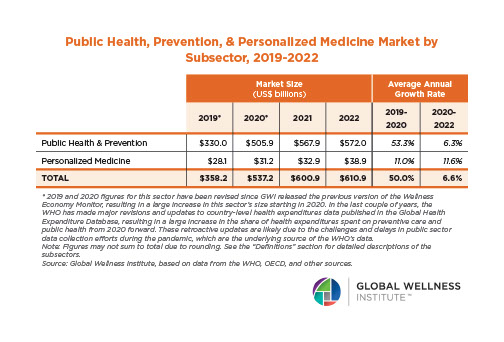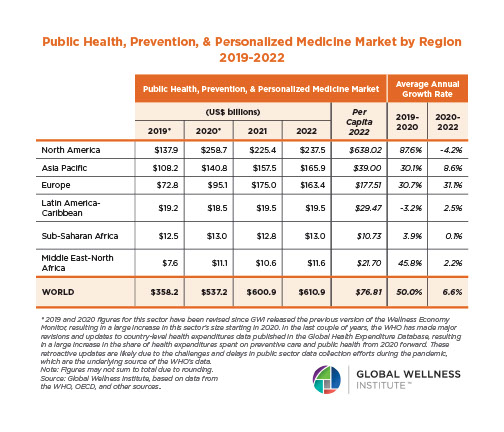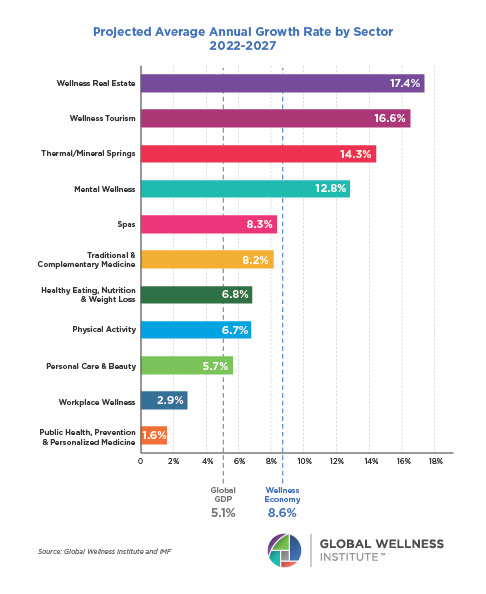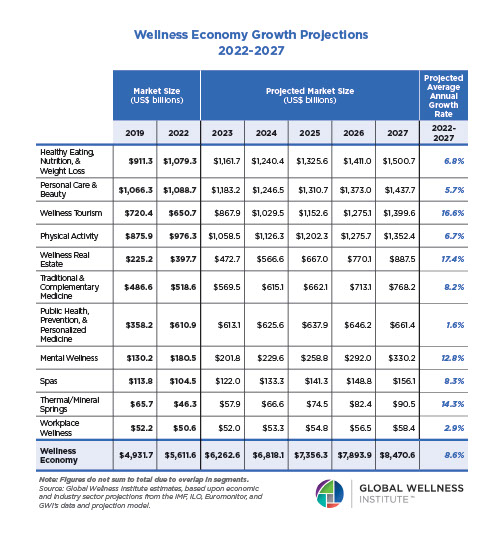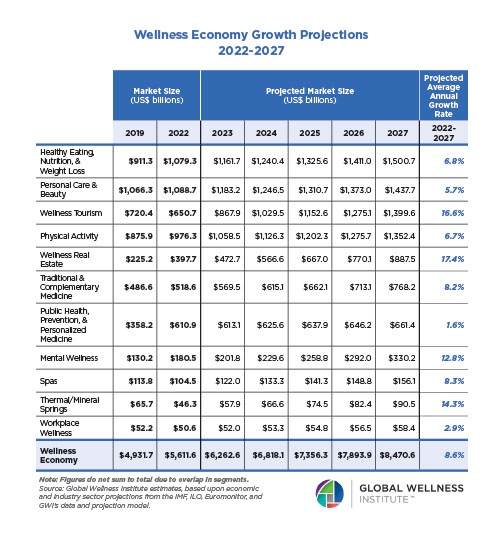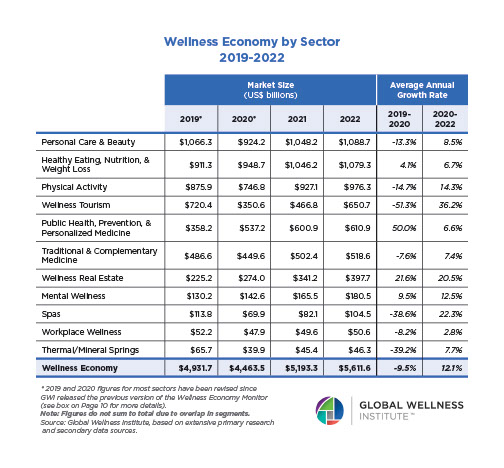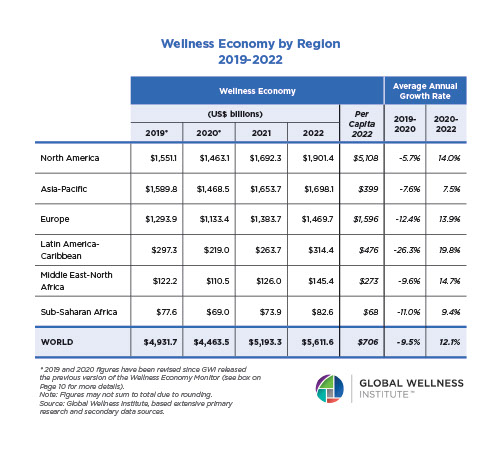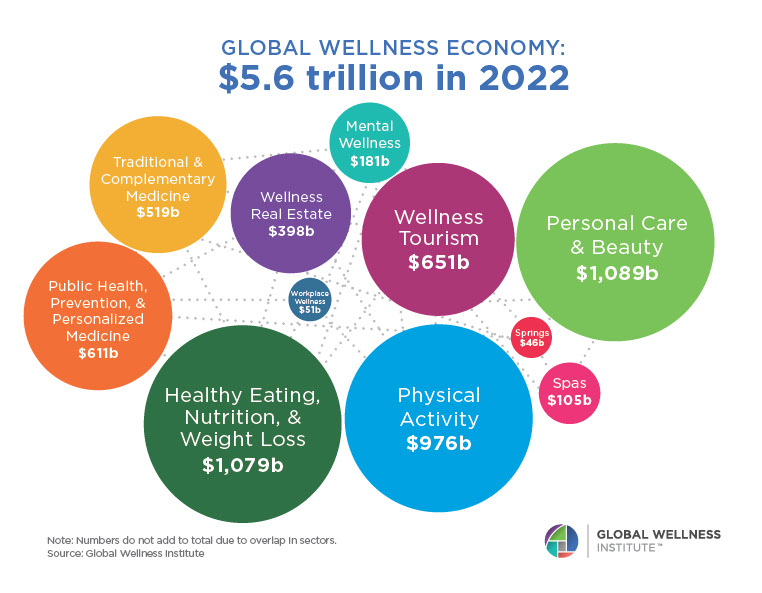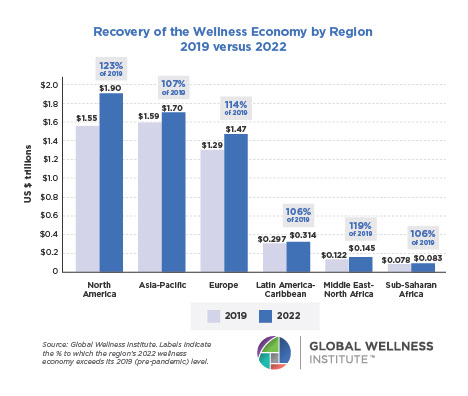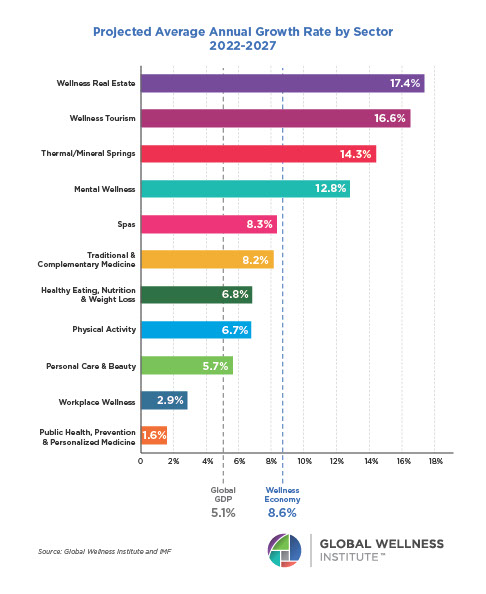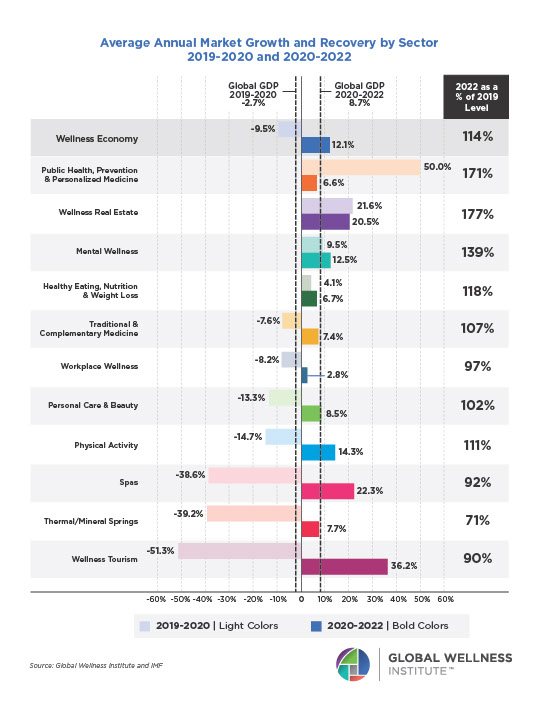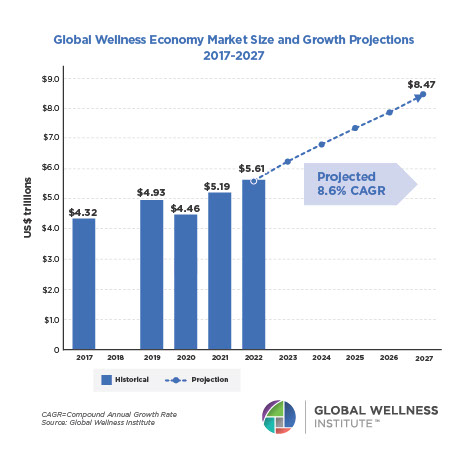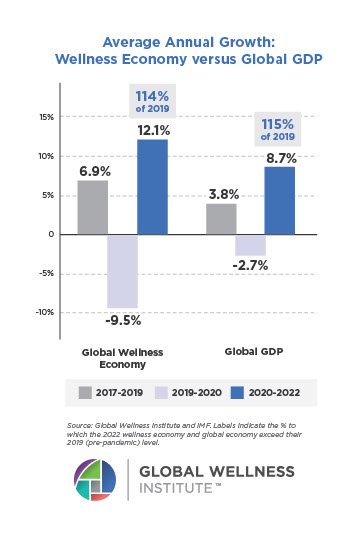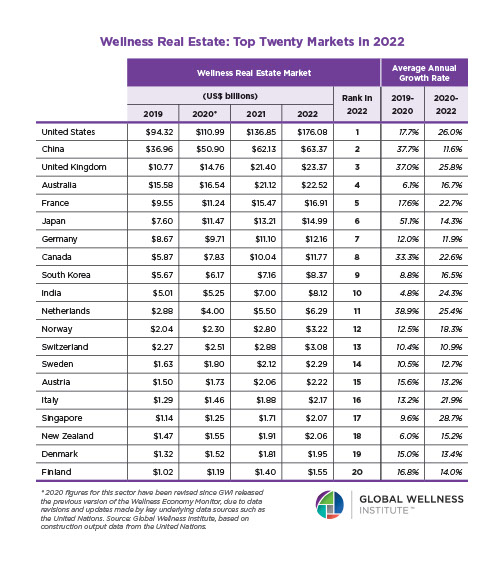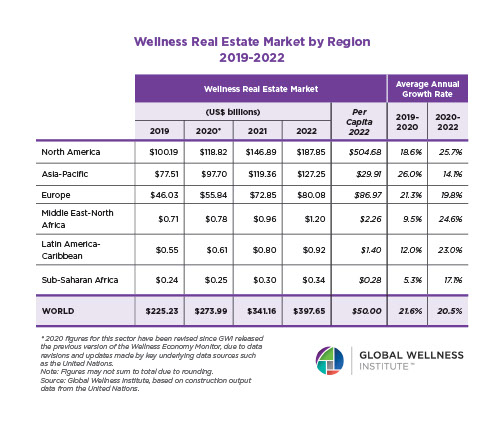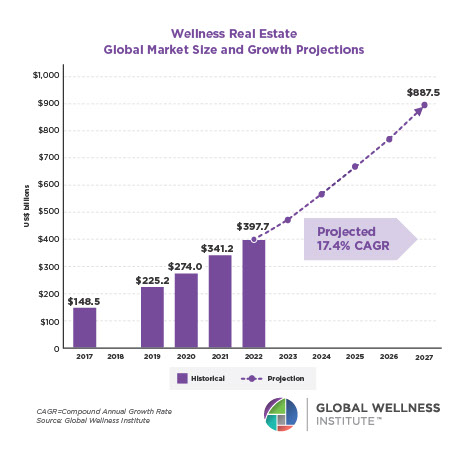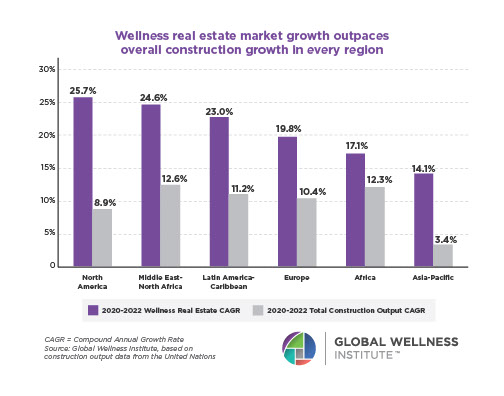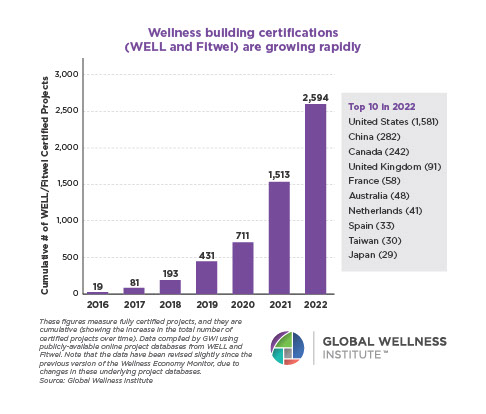The Workplace Wellbeing Foundations Most Organizations Overlook

Author: Caitlin Guilfoyle, MBA
Over the last few years, workplace wellbeing has become more of an organizational focus, representing an evolution from the days when workplace health was primarily about physical safety and injury prevention. While workplace wellness trends come and go, and some organizations promote wellbeing as a perk or part of an employee value proposition, it remains more foundational than that.
Workplace wellbeing should form a core part of every organization’s approach to how work is designed and experienced. Yet too often, wellbeing gets reduced to programs and quick fixes that sit outside the actual work itself. A mindfulness app here; a yoga class there; a wellness week that briefly interrupts the relentless pace—only for everything to snap back the following Monday.
The challenge is that these surface-level interventions rarely address what research consistently demonstrates matters most: the structural elements of work itself. Wellbeing initiatives that fail to address job design, workload, or leadership styles often fail to deliver meaningful impact. When organizations focus only on helping individual employees cope better with difficult conditions rather than addressing those conditions, it can send an unintended message that the problem lies with a lack of individual resilience rather than a challenging work environment.
The most effective workplace wellbeing initiatives address foundational elements, including the structural, deeply human aspects of work that determine whether the act of doing the work supports people or depletes them.
Start with What It Means to Be Human
At the core, humans have two fundamental categories of needs that shape wellbeing: security and growth. Security needs form the foundation – the conditions that allow people to feel safe, stable, and able to function. Growth needs represent what allows people to move forward, develop, and thrive. Both are essential. And both are deeply relevant to how work is designed and experienced.
Security Needs in the Workplace
- Safety – Do people feel psychologically safe? Can they speak up, ask questions, admit mistakes, or do they spend energy managing perception and watching their backs?
- Connection – Do people feel like they belong? Are they part of something, or just tolerated? Is there genuine care and respect in how people relate to one another?
- Self-esteem – Do people feel competent and valued? Is their contribution recognized? Do they have what they need to do their work well?
Growth Needs in the Workplace
- Autonomy – Do people have a say in how work gets done? Can they contribute ideas and have genuine influence over their choices and methods?
- Mastery – Can people learn, develop skills, and see themselves progressing? Is there room to grow?
- Purpose – Does the work feel meaningful? Do people understand how their contribution connects to something larger?
When security needs are not met, people are in survival mode. They are managing anxiety, navigating uncertainty, protecting themselves. Growth becomes impossible, not because people do not want it, but because they are too busy staying afloat. And when growth needs are absent? People might survive, but they will not move. They will not innovate. They will not bring their best thinking. They will do what is required and save their energy for elsewhere.
The Foundations that Actually Matter
This is where the real work of workplace wellbeing lives: not in the programs organizations add, but in the structures they build or fail to build. Wellbeing does not come from interventions layered on top of work. It comes from how work is designed, how people are led, and what the daily experience of being in the organization actually feels like.
Job design and workload management are fundamental for wellbeing. These are the conditions that meet fundamental human needs for competence, control, and safety:
- workloads that are sustainable and realistic
- people have clarity about expectations
- genuine autonomy in how work gets done
Psychological safety is the bedrock of security. When people can speak openly, challenge ideas without fear, and admit mistakes without retribution, they stop spending cognitive and emotional energy on self-protection. That energy becomes available for actual work.
Clear communication about roles, responsibilities, and expectations reduces the chronic low-level anxiety that comes from uncertainty. When people know what is expected, how they are doing, and how their work contributes, it meets needs for both competence and purpose.
Recognition and appreciation are signals that a person’s contribution is seen and valued, core to self-esteem and belonging.
Flexibility is fundamentally about respecting that people have lives, bodies, and circumstances that do not fit neatly into rigid structures. When organizations build in flexibility, they signal trust and support people’s need for autonomy.
Inclusive cultures where people genuinely feel they belong, where diverse perspectives are valued, where respect is not conditional are not initiatives. They are the relational foundation that determines whether people feel safe and connected at work.
The Shift That’s Required
The organizations that take wellbeing seriously ask different questions:
- Are we designing work in a way that allows people to meet their basic human needs?
- What does it feel like to work in this organization day to day?
- Are we creating conditions where people can both feel secure and have room to grow?
They treat wellbeing as a key performance indicator, not a side project. They embed it into how work is designed, not as an afterthought. They recognize that wellbeing is integrated throughout the employee experience, requiring ongoing attention and development. Crucially, they recognize that everyone contributes to a culture that drives wellbeing.
This is not glamorous work. It does not photograph well or make for impressive launch events. It is the foundational work of fixing broken processes, training leaders to effectively lead, addressing workload issues before people burn out, building psychological safety into team norms, creating transparency in communication, and ensuring people have genuine autonomy and opportunities to develop.
This foundational work matters more than any program or initiative because workplace wellbeing is not about what organizations add to work. It is about whether the work itself, the daily experience of being in the organization, supports or undermines people’s most fundamental human needs.
The Bottom Line
Wellbeing programs alone cannot address fundamental workplace issues. Yoga classes cannot solve workload problems. Mindfulness apps cannot create psychological safety. Perks cannot build wellbeing when the foundations are broken.
Workplace wellbeing that makes a real difference starts with the foundations: job design, workload management, psychological safety, clear expectations, autonomy, purpose, genuine support, and capable leadership. It starts with how work feels, with the daily experience of being in the organization, and with building the conditions that allow people not just to survive, but to thrive.
Supporting References
Black Dog Institute. Workplace wellbeing: The top ten factors involved with workplace mental health.
De Angelis M, et al. H-WORK Project: Multilevel interventions to promote mental health in SMEs and public workplaces.
Deady M, et al. A mentally healthy framework to guide employers and policy makers.
Harvey SB et al. Developing a mentally healthy workplace: A review of the literature.
Sorensen G et al. The future of research on work, safety, health and wellbeing: A guiding conceptual framework.
Umer R. What’s psychological safety at work? Guide for leaders & teams.
About the Author
Caitlin Guilfoyle is a modern work leader, coach, and workplace strategist who helps organizations design thriving, human-centered cultures that prioritize wellbeing, clarity, and sustainable performance. With an MBA (Strategic Human Resources) and nearly 20 years of experience across sectors, including as a former Future of Work Leader at PwC Australia, she brings deep expertise in leadership, modern work practices, and organizational growth. Caitlin is a certified coach and speaker, known for her calm, strategic approach to transforming the way we work. She is a member of the Global Wellness Institute’s Workplace Wellbeing Initiative.
**Disclaimer**
The blog submissions featured on this site represent the research and opinions of the individual authors. The Global Wellness Institute and the Workplace Wellbeing Initiative are not responsible for the content provided. The views expressed are solely those of the authors and do not necessarily reflect the official policy or position of the Global Wellness Institute or the Workplace Wellbeing Initiative. Readers are encouraged to consult with a qualified healthcare professional for specific health concerns.
